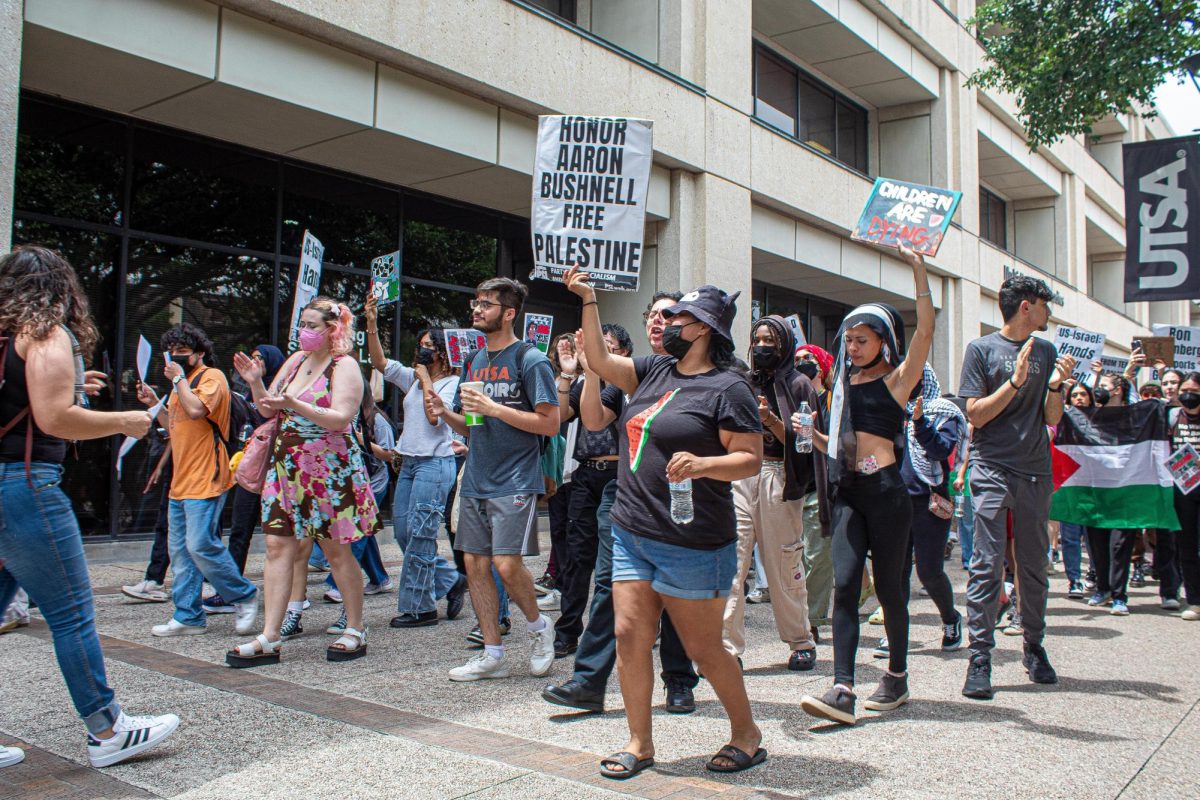

Controversy has erupted over the Texas Legislature’s decision to endorse an 85 mph speed limit, the highest in the nation, for the newly developed State Highway 130 tollway. The road stretches 41 miles between Seguin, TX and Georgetown, TX.
SH 130 is a state owned toll road developed by the SH 130 Concession Company, part of a consortium of companies headed by the Spanish firm Cintra. The concession agreement grants the Texas Department of Transportation (TxDOT) a share of the profits and control of the road after 50 years. TxDOT plans to use its share for “regional mobility improvements.”
The agreement also stipulates that TxDOT will receive an additional $33 million if the state agreed to raise the speed limit from 80 to 85 mph; the idea is that the higher speed limit will attract more drivers, increasing the road’s profitability.
Higher speeds have been a part of the plan since it began in 2006.
Tests conducted just before the new speed limits were approved “have shown the designated speed is a safe one,” claimed TxDOT spokeswoman Kelli Reyna, according to the New York Times. Many studies have been conducted on the issue of whether or not faster speeds can really be as safe as slower speeds. The state of Indiana, for example, commissioned civil engineer Nataliya V. Malyshkina to review the statistics of previous speed increases in the state-first from 55 to 65 mph, and again from 65 to 75 mph-to help determine whether an 80 mph limit would be safe. Malyshkina’s study showed a three percent increase in the accident rate when increasing the speed limit to 65, but only a 0.64 percent increase when the speed was raised to 75 mph.
She explained that the results may be due to heightened driver awareness or that the roads assigned with higher speed limits were inherently safer.
Texas already has roads with 80 mph speed limits, such as I-35 north of Austin. “It’s the difference in speed that’s dangerous,” contended junior engineering major Chris von Brecht. Brecht implied that if everyone on SH 130 drives a similar speed, it would be no more dangerous than roads with lower speed limits.
On the other hand, some students feel the new road might be a little too fast for them. “I would be too nervous,” said graduate art student Adrian Cullins.
There are other concerns besides the speed. For Jamie Garrison, it’s the absence of service stations. “There’s nothing out there,” she said, “and my car is kind of rickety.” Though the new toll road will likely attract businesses, early adopters may need to take this into consideration.
Finally, the cost is a large concern. Though the final rates have not been released, the initial estimate of 12.5 cents per mile was reported for standard vehicles. The toll system implemented by SH 130 will be entirely electronic.
The tollway is scheduled to open on November 11.











